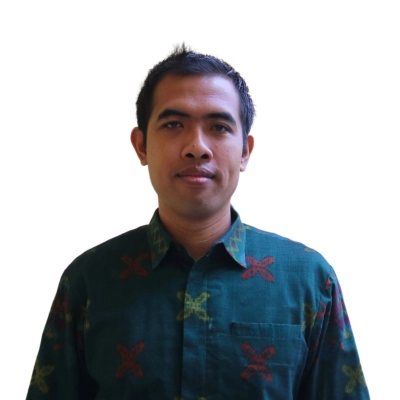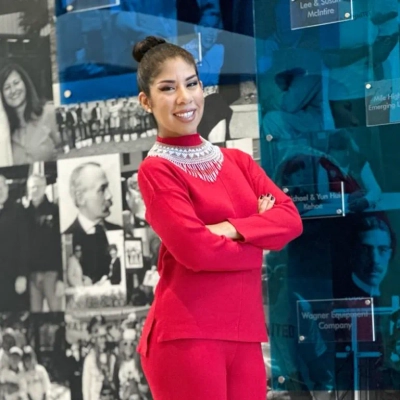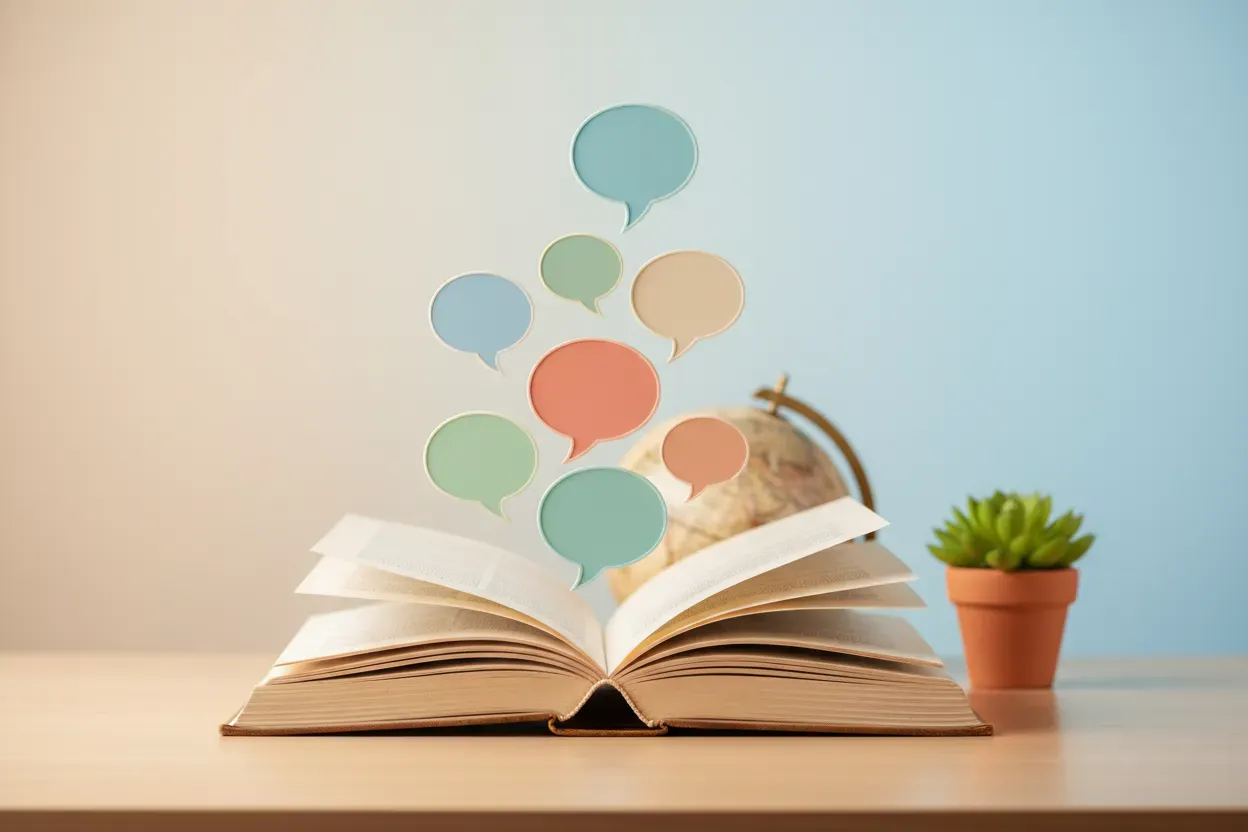Learning Local Languages: 11 Travelers Share Their Favorite Methods
Learning a new language while traveling can seem overwhelming, but experienced globetrotters have cracked the code with practical, everyday strategies. This guide compiles proven methods from seasoned travelers and language experts who’ve successfully picked up local languages on the road. From creating personalized vocab lists to leveraging spaced-repetition flashcards, these eleven techniques offer concrete ways to build conversational skills quickly and efficiently.
- Create a Personal Vocab List
- Speak Directly With Native Tutors
- Listen to Authentic Dialogues First
- Use Duolingo for Daily Practice
- Record Personalized Audio Loops
- Master the Ten-Phrase Power List
- Build a High-Stakes Audio File
- Combine Visual and Auditory Methods
- Watch YouTube Clips From Real Speakers
- Apply Spaced-Repetition Flashcards Daily
- Search TikTok for Common Phrases
Create a Personal Vocab List
Over the years of traveling across 70 countries, I’ve fine-tuned my personal vocab list for travel. Of course, it includes things like ‘hello’, ‘thank you’ and ‘how much is this?’, but it also includes personally relevant vocab like food-related and medical-related words that I’m likely to need but not necessarily find on page one of the phrasebook.
Once I’ve got my list for a new trip (using Google Translate or online dictionaries), if I have time, I like to book one online lesson with a tutor to make sure I’ve got everything right. Then it’s all about practice, which sounds boring but doesn’t have to be! Put the vocab into useful contexts and write your own sentences, ask ChatGPT to create short role-play dialogues using them, and make sure you speak the most important words aloud as much as you can before a trip. Yes, it counts if no one can hear you – in the shower, on your daily walk, talking to the dog – you’ll be thankful for that practice when you touch down at your destination!

Speak Directly With Native Tutors
My favourite method for learning basic phrases before a trip is to practise directly with a native speaker, ideally someone who also understands how to teach their language effectively.
Apps and textbooks can help you memorise words, but nothing compares to real conversation. Speaking with a native speaker or an experienced language coach gives you immediate feedback on pronunciation, rhythm, and natural expression. They can explain not just what to say, but when and how to say it appropriately, which is something no app can fully teach.
Before travelling, I like to book a few short sessions with a native tutor from the country I am visiting. Even 30 minutes of guided conversation can make a huge difference. I focus on essential phrases for greetings, ordering food, asking for directions, and small talk, but I also ask my coach or conversation partner to teach me expressions locals actually use. These are often more natural and help you sound less like a tourist.
I also record our sessions or take notes after each one, then review them while walking, cooking, or packing. Hearing the phrases in a real voice helps me remember them and builds confidence for when I need them in context.
The best part of learning this way is the cultural insight you gain. A native speaker can tell you what gestures, tone, or word choices sound friendly, formal, or too direct. You start to understand the rhythm of daily life through the language itself, which makes every interaction abroad more meaningful.
In short, my preferred method is simple but powerful: real conversations with real people. That human connection is what brings a language to life and prepares you for authentic experiences when you travel.

Listen to Authentic Dialogues First
As someone who runs an Indonesian language school for international learners, I’ve seen that immersion and context-based learning work best. Before traveling, I always suggest listening to short, authentic dialogues — like podcasts or YouTube videos — to get used to how locals actually speak. I also recommend using language-learning apps like Pimsleur or Memrise to practice pronunciation and basic conversational phrases daily. But the real key is to actively use what you learn — try greeting locals, ordering food, or asking for directions in the target language. Even small, imperfect attempts make your trip more meaningful and help you connect with people on a personal level.

Use Duolingo for Daily Practice
Our kid’s favorite pre-trip ritual is a streak on Duolingo and a couple of similar bite-sized apps. Ten minutes a day turns into a pocket of phrases that actually come out when it matters. Hello to the barista. Please and thank you at the market. Where is the train? We keep it light and playful, then try it out in the wild as soon as we land. A few handwritten flashcards on the fridge help too, mostly because they get waved around at breakfast like we are hosting a tiny game show.
From a home-ed point of view, this works because it blends quick screen practice with real life. The apps build confidence, then the bakery, the bus stop, and the park turn it into memory. We jot down new words after each outing so the learning does not evaporate on the pavement. Families are getting better at making this kind of everyday learning visible, and Strew is nudging that shift along: less pressure, more proof that the best lessons usually start with a tiny habit and a real conversation.

Record Personalized Audio Loops
My favorite method is recording short, personalized phrase lists and looping them during daily routines. Instead of using generic vocabulary apps, I focus on context-based repetition—phrases I’ll actually need, like ordering food, greeting hosts, or asking for directions. I record myself and a native speaker (or an online pronunciation clip) saying each phrase, then listen while driving or cooking. Hearing both versions helps me internalize pronunciation and rhythm.
For structure, I use Anki flashcards paired with audio, which applies spaced repetition to reinforce recall over time. Within a week, I can usually recall twenty to thirty useful expressions without translating in my head. The key isn’t memorizing lists but embedding the phrases into muscle memory through sound and context. It’s simple, portable, and builds real conversational confidence before ever landing in the country.

Master the Ten-Phrase Power List
As a business owner, everything I do comes down to efficiency and getting straight to the point. Learning a new language before a trip is no different. I treat it like preparing for a big job: I focus on the critical, high-impact components first. My favorite method is building what I call the “Ten-Phrase Power List.”
I use a simple online resource to find and verify the correct pronunciation for a handful of essential, practical phrases needed for immediate success. This isn’t about fluency; it’s about making a basic human connection. My list always covers core phrases: “Hello,” “Thank you,” “Please,” “Where is the bathroom?” and “How much?” I write them down phonetically, then practice saying them out loud until they sound natural.
This approach is identical to how we train new technicians at Honeycomb. We don’t start with complex schematics; we start with the absolute essentials that ensure a safe, efficient, and courteous service call. Mastering those ten phrases immediately builds trust, opens doors, and shows respect for the local culture. Authenticity and effort always win, whether I’m troubleshooting an HVAC unit or ordering a coffee overseas.
Build a High-Stakes Audio File
I have absolutely no time for language apps that teach me how to ask about the weather. My favorite method for travel is skipping all that fluff and creating a “High-Stakes Audio File”—I focus only on the ten to fifteen phrases that are survival-critical for me as a traveler.
My technique is to identify the specific financial friction points I know I will face—things like negotiating price (“Is that the final price?”), confirming inventory (“Do you have that item in stock right now?”), or making sure I’m on the right transport. I then pay a native speaker to record just those phrases, and I drill my own audio file until I can say them without thinking.
This approach works because it treats language like competence. It eliminates the waste of time learning things I won’t use and guarantees immediate, high-value communication in the real world. It proves that when a transaction is high-stakes—whether it’s checking a shipment or buying a product—I can communicate with clarity and purpose.

Combine Visual and Auditory Methods
I’ve always been a very visual person, so what I prefer to do is combine visual and auditory learning to form the connections I need to actually recall the phrases when I need them. What I do is make a short list of practical phrases like greetings, directions, and thank-yous, then use Spotify playlists from native speakers to practice pronunciation. There’s a surprisingly broad selection of content on Spotify for this purpose, and it makes it easy to repeat them while commuting so they stick naturally. In my experience, even learning 10-15 phrases goes a long way toward showing respect for local culture and breaking the ice when traveling, even if, like me, your pronunciation is usually enough to make a local wince internally!

Watch YouTube Clips From Real Speakers
I use YouTube clips from native speakers instead of apps. Hearing real voices, with accents and expressions, sticks better than reading flashcards. I’ll listen while driving or doing small tasks so it becomes background noise, not a study session. The goal isn’t fluency—it’s comfort. Knowing how to greet someone, thank them, or order food in their language changes how people treat you. It shows respect. I’ll usually jot down ten phrases that matter most for everyday interactions and practice them out loud. It’s simple, quick, and more natural than memorizing a list. Real people teach language better than software ever will.

Apply Spaced-Repetition Flashcards Daily
The way I like the most is spaced-repetition flashcards with real-life application. I concentrate on key phrases, such as greetings, directions, ordering food, etc., and study them in short and frequent sessions each day. Applications that aid the audio pronunciation process, such as Anki or Memrise, assist in internalizing the spelling and sound. The method works better with the addition of oral speech and listening to native speakers in podcasts or short video clips. Consistent repetition leads to muscle memory, so the phrases occur naturally at the right time. The context-based practice, with relatively basic mock conversations prior to the trip, will guarantee that I will be able to remember phrases in real-world settings and will feel more confident about talking to local people.

Search TikTok for Common Phrases
Honestly, I’ve come to really appreciate TikTok for this! I also really love Duolingo and will often use that quite a bit, but when it comes to learning basic phrases that I know I’ll use most often, TikTok is a great resource. All you have to do is search something like “phrases to know when visiting France” or “most common Portuguese phrases.” There will be a plethora of videos to scroll through, and you can learn from people who both travel to those areas regularly and give advice from their perspective and who live there and speak the local language.






